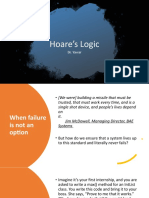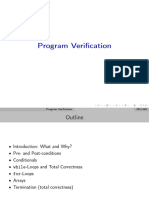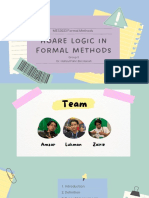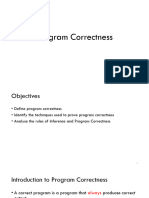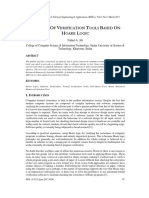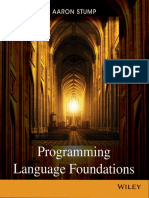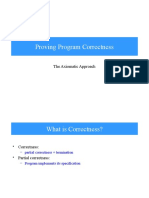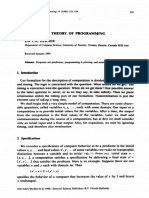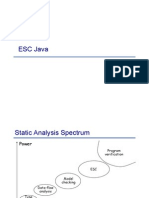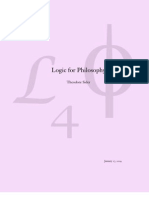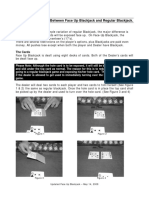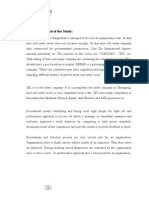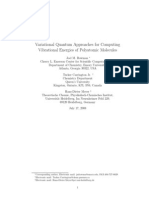0% found this document useful (0 votes)
16 views41 pagesHoareLogic UniversityOfCambridge
The document discusses formal techniques for validating software, focusing on Hoare logic and model checking. It explains the importance of formal methods in improving software assurance and highlights the limitations of testing alone. The course structure includes lectures on the semantics, examples, and proof systems related to Hoare logic.
Uploaded by
sunilasami12Copyright
© © All Rights Reserved
We take content rights seriously. If you suspect this is your content, claim it here.
Available Formats
Download as PDF, TXT or read online on Scribd
0% found this document useful (0 votes)
16 views41 pagesHoareLogic UniversityOfCambridge
The document discusses formal techniques for validating software, focusing on Hoare logic and model checking. It explains the importance of formal methods in improving software assurance and highlights the limitations of testing alone. The course structure includes lectures on the semantics, examples, and proof systems related to Hoare logic.
Uploaded by
sunilasami12Copyright
© © All Rights Reserved
We take content rights seriously. If you suspect this is your content, claim it here.
Available Formats
Download as PDF, TXT or read online on Scribd
/ 41
